Home>Articles>How To Install A Washer And Dryer In An Apartment Without Hookups
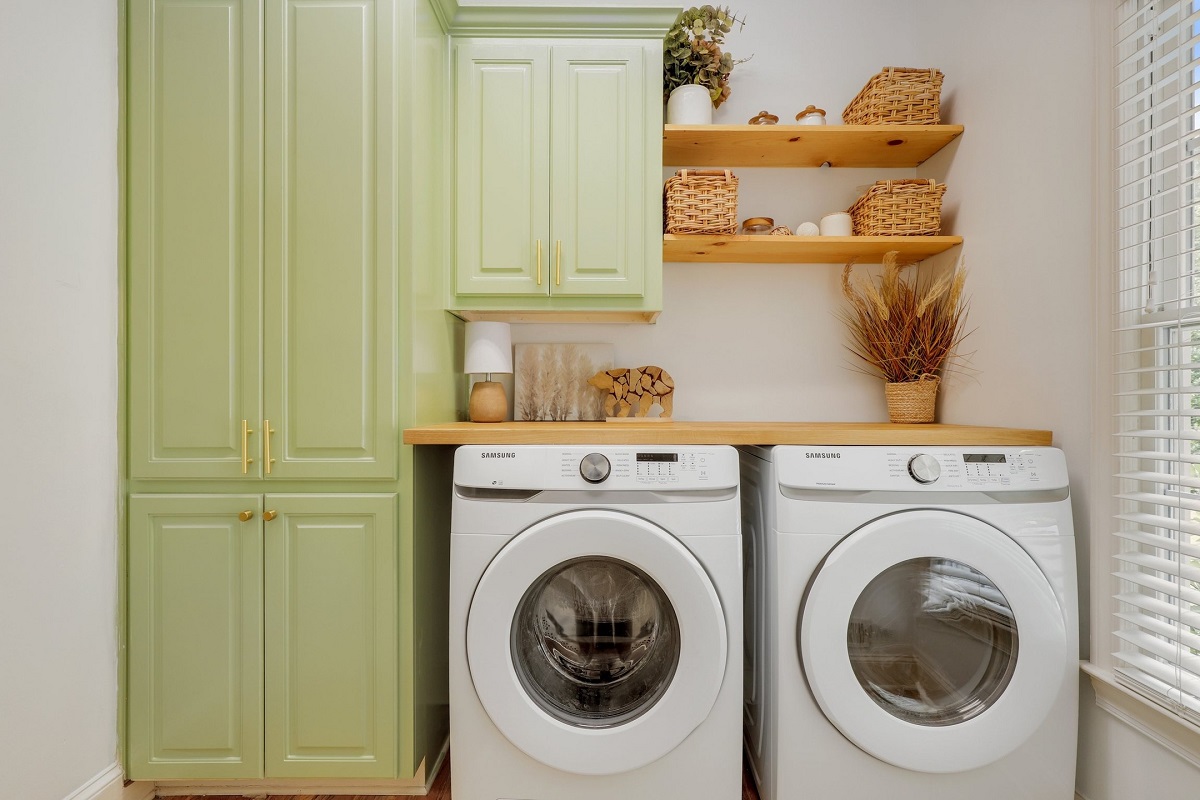

Articles
How To Install A Washer And Dryer In An Apartment Without Hookups
Modified: May 6, 2024
Learn how to install a washer and dryer in your apartment without hookups with our informative articles.
(Many of the links in this article redirect to a specific reviewed product. Your purchase of these products through affiliate links helps to generate commission for Storables.com, at no extra cost. Learn more)
Introduction
Living in an apartment without washer and dryer hookups is a common predicament for many apartment dwellers. However, this doesn’t mean you have to rely solely on laundromats or shared laundry facilities. With the right equipment and a little planning, you can install a washer and dryer in your apartment without hookups, giving you the convenience and independence of doing your laundry at home.
In this article, we will guide you through the process of setting up a washer and dryer in your apartment without hookups. From assessing your apartment to choosing the right portable units and properly connecting them, we will cover all the necessary steps to make this possible. So, let’s dive in and explore the options available to turn your apartment into a laundry oasis!
Key Takeaways:
- Transform your apartment into a laundry oasis by assessing space, choosing the right portable units, and following safety tips for installing and using a washer and dryer without hookups. Enjoy the convenience and independence of at-home laundry!
- With careful planning, preparation, and the right portable washer and dryer options, you can overcome the limitations of apartment living and enjoy the benefits of having essential appliances without traditional hookups. Prioritize safety and efficiency for a hassle-free laundry experience!
Read more: How To Install Washer And Dryer Hookups
Assessing Your Apartment
Before you start the process of installing a washer and dryer in your apartment without hookups, it’s important to assess your living space. Take some time to evaluate the available space, electrical outlets, and ventilation options to determine the best setup for your needs.
Firstly, consider the space available in your apartment. Measure the dimensions of the area where you plan to install the washer and dryer to ensure that it can accommodate the units. It’s crucial to have enough room for both the washer and dryer, as well as space for easy access and maneuverability.
Next, check for nearby electrical outlets. You will need access to electrical power for both the washer and dryer. Ensure that the outlets are within reach of the desired location and can support the electrical load required by the units. If necessary, consider using extension cords or hiring an electrician to install additional outlets.
Additionally, pay attention to the ventilation options in your apartment. Proper ventilation is essential when using a dryer, as it helps to remove moisture and prevent the buildup of mold or mildew. Look for windows or vents that can be utilized for ventilation purposes. If there are no suitable options, you may need to explore ventless dryer alternatives.
Lastly, assess any restrictions or regulations imposed by your apartment complex or landlord. Some apartments have specific guidelines or restrictions on installing appliances, so it’s essential to familiarize yourself with any such rules before proceeding. Obtain necessary permissions and ensure that you adhere to any guidelines provided.
By thoroughly assessing your apartment, considering space, electrical outlets, ventilation, and any apartment regulations, you can determine the feasibility of installing a washer and dryer without hookups. This initial assessment will help you plan and make informed decisions as you move forward with the installation process.
Planning and Preparation
Once you have assessed your apartment and ensured that installing a washer and dryer without hookups is feasible, it’s time to plan and prepare for the installation. Proper planning and preparation will make the process smoother and help you avoid any unnecessary complications along the way.
Here are some key steps to follow during the planning and preparation stage:
- Research and choose the right portable washer and dryer: Look for compact and portable models that are designed for apartments and do not require dedicated hookups. Consider factors such as capacity, energy efficiency, and features that suit your laundry needs.
- Measure the entrance and pathways: Ensure that the washer and dryer can fit through doorways, hallways, and any other narrow spaces in your apartment. Measure the dimensions of these areas to ensure a smooth and hassle-free installation process.
- Consider water source and drainage: Determine the nearest water source and the availability of a drain for the washer. Portable washers typically come with hoses that can be connected to a standard faucet, while the drain hose can be directed into a sink or bathtub.
- Clear the installation area: Remove any obstacles or furniture from the installation area to create enough space for the washer and dryer. Ensure that the area is clean and free from any debris or dust that could interfere with the units’ functioning.
- Ensure proper ventilation: If you are opting for a ventless dryer, make sure that the area where you plan to install it has sufficient ventilation. This will allow for the proper exhaust of hot air and moisture.
- Gather necessary tools and materials: Depending on the specific requirements of your portable washer and dryer, gather the tools and materials needed for installation. This may include wrenches, pliers, hoses, and any additional accessories mentioned in the appliance’s manual.
By planning and preparing in advance, you can set yourself up for a successful installation of a washer and dryer in your apartment without hookups. Remember to consult the manuals and instructions provided by the appliance manufacturers for any specific requirements or guidelines that need to be followed during installation.
Necessary Materials and Tools
When installing a washer and dryer in your apartment without hookups, it’s important to have the necessary materials and tools on hand to ensure a smooth and successful installation. Here are some essential items you will need:
- Portable Washer: Choose a compact and portable washer that suits your laundry needs. Look for a model that does not require a permanent water connection and comes with a hose that can be connected to a standard faucet.
- Portable Dryer: Select a ventless dryer that can be easily installed in your apartment. Ventless dryers are designed to recirculate air and remove moisture without the need for external venting.
- Hoses: Ensure that you have the necessary hoses to connect the portable washer to the faucet. Most portable washers come with hoses, but it’s always a good idea to check and ensure they are included.
- Power Cord: Check if the portable washer and dryer come with their own power cords. If not, you may need to purchase compatible power cords that match the electrical requirements of the units.
- Extension Cord: Depending on the distance between the washer/dryer and the nearest electrical outlet, you may need an extension cord. Choose a heavy-duty extension cord that can support the electrical load of the appliances.
- Accessories: Some portable washers and dryers may require additional accessories for installation. This can include adapters, clamps, or brackets. Refer to the manuals and instructions provided by the manufacturers to ensure you have all the necessary accessories.
- Basic Tools: Keep basic tools handy, such as wrenches and pliers, for tightening connections and adjusting settings. Additionally, have a screwdriver and a utility knife for any assembly or installation needs.
- Tape Measure: Use a tape measure to accurately measure the dimensions of your apartment and assess the clearance needed for the washer and dryer. This ensures that you have enough space for the units and allows for easy access and operation.
- Cleaning Supplies: Stock up on cleaning supplies to keep the installation area clean and tidy. Have a mop or a vacuum cleaner on hand to remove any dust or debris that may accumulate during the installation process.
Having the necessary materials and tools readily available will simplify the installation process and ensure that you have everything you need to set up a washer and dryer in your apartment without hookups. Make a checklist of these items and gather them before you begin the installation to avoid any delays or interruptions.
Portable Washer and Dryer Options
When installing a washer and dryer in an apartment without hookups, it’s important to choose the right portable units that are designed for this purpose. Here are some popular options to consider:
- Compact Washers: Compact washers are small, standalone units that are designed specifically for apartments and spaces with limited room. They usually have a capacity of around 1.5 to 2.5 cubic feet, making them suitable for smaller loads of laundry. These washers often come with various wash cycles and features found in full-sized machines.
- Top Load Portable Washers: Top load portable washers are similar to regular top load washers but are compact and lightweight. They typically have a capacity ranging from 1 to 2.5 cubic feet. These washers are easy to move and can be connected to a standard faucet to fill and drain water.
- Combo Washer-Dryer Units: Combo washer-dryer units offer the convenience of both washing and drying in a single machine. These units are compact and typically have a capacity of around 2 to 2.5 cubic feet. They are an ideal choice for smaller spaces where separate washer and dryer units are not feasible.
- Ventless Dryers: Ventless dryers are designed to operate without the need for a venting system, making them suitable for apartments without hookups. Instead of venting hot air outside, these dryers use condensation or heat pump technology to remove moisture from the laundry. They can be installed in various locations, including closets or under countertops.
When selecting a portable washer and dryer, consider the capacity that meets your laundry needs, energy efficiency, and available features. Also, ensure that the units are compatible with the electrical outlets and water connections available in your apartment.
It’s important to read reviews, compare models, and consult the specifications provided by the manufacturers to make an informed decision. Additionally, consider factors such as noise levels, durability, and warranty coverage to choose a reliable and long-lasting washer and dryer for your apartment.
By choosing the right combination of portable washer and dryer units, you can enjoy the convenience of doing laundry in your apartment without the need for dedicated hookups.
Read more: How Much To Install Washer And Dryer Hookups
Portable Washer Setup
Setting up a portable washer in your apartment without hookups is relatively straightforward. Here is a step-by-step guide to help you with the setup:
- Choose the installation location: Select a suitable area in your apartment to install the portable washer. Ensure that the location has easy access to a water source, ideally near a standard faucet. Also, consider proximity to a drain to allow for proper water drainage.
- Clear the area: Remove any obstacles or furniture from the chosen installation area to create enough space for the portable washer. This includes ensuring that there is enough clearance for the washer lid or door to fully open and close.
- Connect the water inlet hose: Take the water inlet hose that came with your portable washer and attach it securely to the faucet. Make sure to tighten the connection to prevent any leaks. If needed, you can use a wrench or pliers for a more secure fit.
- Secure the drain hose: Direct the drain hose to a sink, bathtub, or floor drain for proper water drainage. Ensure that the hose is securely attached and that it is in a downward position to allow for the smooth flow of water.
- Level the washer: Use a leveling tool or a bubble level to ensure that the portable washer is level. Adjust the leveling feet as needed to achieve stability and prevent any imbalance during the washing cycle.
- Plug in the washer: Connect the power cord of the portable washer to a nearby electrical outlet. Make sure that the power source meets the electrical requirements of the appliance and can handle the load.
- Read the user manual: Familiarize yourself with the specific instructions provided in the user manual of your portable washer. This will ensure that you follow any additional steps or guidelines provided by the manufacturer.
Once you have completed these steps, your portable washer is ready for use. Remember to refer to the manufacturer’s instructions for the recommended water levels, detergent usage, and washing cycles for optimal performance.
It’s important to note that portable washers typically have smaller capacities compared to regular washers. Therefore, it’s advisable to wash smaller loads to prevent overloading the machine and to ensure effective cleaning.
Now that you have successfully set up your portable washer, you can enjoy the convenience of washing your clothes in the comfort of your own apartment without the need for traditional hookups.
Consider using a portable washer and dryer unit that can be connected to the kitchen sink for water supply and drain. This can be a convenient solution for apartments without hookups.
Connecting the Portable Washer
After setting up the portable washer in your apartment, the next step is to connect it properly to start the washing process. Here is a step-by-step guide to help you connect your portable washer:
- Add laundry to the machine: Before starting the connection process, add your laundry to the washer. Make sure to distribute the load evenly to maintain balance and prevent excessive shaking during the washing cycle.
- Close the washer lid or door: Ensure that the lid or door of your portable washer is securely closed before proceeding with the connection.
- Select the appropriate wash cycle and settings: Depending on the model of your portable washer, choose the desired wash cycle and adjust any necessary settings such as water temperature, spin speed, or soil level. Refer to the user manual for specific instructions regarding the available options.
- Turn on the faucet: Open the faucet that is connected to the water inlet hose of the portable washer. This will allow water to flow into the washer and begin the washing process.
- Monitor water levels: Watch the water level inside the washer to ensure it does not exceed the recommended maximum fill level. Adjust the faucet accordingly to maintain the appropriate water level throughout the washing cycle.
- Add detergent: Once the water is flowing into the washer, add the appropriate amount of detergent based on the load size and the detergent guidelines provided by the manufacturer.
- Start the cycle: Press the start button or turn the dial to begin the washing cycle. The portable washer will now agitate the laundry, clean it, rinse it, and eventually drain the water.
- Monitor the cycle: Keep an eye on the washing cycle to ensure that it progresses smoothly without any issues or malfunctions. If you notice any abnormal noises, leaks, or other problems, pause the cycle and address the issue before proceeding.
- Complete the cycle: Once the washing cycle is complete, the portable washer will typically go through a drain and spin cycle to remove excess water from the clothes. Once this is done, you can stop the machine and prepare for the next step of the laundry process.
By following these steps, you can effectively connect your portable washer and start the washing process. Remember to familiarize yourself with the specific instructions provided by the manufacturer to ensure optimal performance and proper care of your portable washer.
Keep in mind that the duration of the washing cycle may vary based on the selected wash cycle and the amount of laundry being washed. It’s important to be patient and allow the portable washer to complete the cycle before moving on to the next steps of the laundry process.
Now that your portable washer is connected and functioning, you can enjoy the convenience of washing your clothes in the comfort of your own apartment without the need for traditional hookups.
Portable Dryer Setup
Once you have successfully set up and used your portable washer, you may also want to consider adding a portable dryer to complete your at-home laundry setup. Setting up a portable dryer is a relatively straightforward process. Here is a step-by-step guide to help you with the setup:
- Choose the installation location: Select a suitable area in your apartment to install the portable dryer. Ideally, the location should be well-ventilated and have easy access to an electrical outlet. Consider placing it near a window or existing vent for better ventilation.
- Clear the area: Remove any obstacles or furniture from the chosen installation area to make room for the portable dryer. Ensure that the area is clean and free from any dust or debris that could interfere with the dryer’s performance.
- Unbox and prepare the dryer: Remove the portable dryer from its packaging and carefully read the user manual for any specific instructions or precautions. This will help you understand the dryer’s features, settings, and any special requirements for installation.
- Connect the dryer hose: Check if the portable dryer comes with a vent kit that includes a hose. Attach the hose securely to the dryer’s exhaust outlet. Make sure the connection is tight to prevent any air leaks during operation.
- Position the dryer near a vent or window: If possible, position the portable dryer near a window, sliding glass door, or existing vent. This will allow for the proper exhaust of hot air and moisture during the drying process.
- Secure the hose to the vent or window: Depending on the available options in your apartment, secure the other end of the dryer hose to a vent or window. You can use duct tape or a vent kit to ensure a tight and proper seal.
- Plug in the dryer: Connect the power cord of the portable dryer to a nearby electrical outlet. Ensure that the power source meets the electrical requirements of the appliance and can handle the load. Avoid using extension cords if possible.
- Check the settings: Familiarize yourself with the controls and settings on the portable dryer. Depending on the model, you may have options for temperature settings, timer adjustments, and different drying cycles. Set the dryer to the desired settings based on your laundry needs.
- Test the dryer: Before using the portable dryer for a full load of laundry, run a test cycle to ensure that it operates properly. Monitor the drying process and check for any unusual noises or issues that need to be addressed.
By following these steps, you can effectively set up a portable dryer in your apartment. Remember to consult the user manual provided by the manufacturer for any specific installation instructions or safety precautions.
It’s important to note that portable dryers may have smaller capacities compared to regular dryers. Therefore, it’s advisable to dry smaller loads to ensure effective and efficient drying. Also, make sure to clean the lint filter regularly to maintain the dryer’s performance and prevent the risk of fire.
With the addition of a portable dryer, you can now enjoy the convenience of having both a washer and dryer in your apartment without traditional hookups. This will make doing laundry a hassle-free and efficient process right in the comfort of your own home.
Ventless Dryer Setup
If you’re unable to install a traditional dryer with external venting in your apartment, a ventless dryer can be an excellent alternative. Ventless dryers are designed to operate without the need for venting, making them suitable for apartments without hookups. Here’s a step-by-step guide to setting up a ventless dryer:
- Choose the installation location: Select a suitable area in your apartment to install the ventless dryer. Ideally, the location should have access to an electrical outlet and sufficient space for the dryer to operate safely.
- Clear the area: Remove any obstacles or furniture from the chosen installation area to make room for the ventless dryer. Ensure that the area is clean and free from any dust or debris that could interfere with the dryer’s performance.
- Unbox and prepare the dryer: Carefully unpack the ventless dryer and read the user manual for any specific instructions or precautions. This will provide essential information about the dryer’s features, settings, and installation requirements.
- Level the dryer: Use a leveling tool or a bubble level to ensure that the ventless dryer is level. Adjust the leveling feet or use shims as needed to achieve stability and prevent any imbalance during operation.
- Plug in the dryer: Connect the power cord of the ventless dryer to a nearby electrical outlet. Ensure that the power source meets the electrical requirements of the appliance and can handle the load.
- Check the settings: Familiarize yourself with the controls and settings on the ventless dryer. Depending on the model, you may have options for temperature settings, timer adjustments, and different drying cycles. Set the dryer to the desired settings based on your laundry needs.
- Load the dryer: Load the dryer with your wet laundry, making sure not to overload it. Follow the manufacturer’s guidelines for load capacity to ensure optimal drying results.
- Close the dryer door: Ensure that the dryer door is securely closed before starting the drying cycle. This will allow the dryer to effectively contain and circulate the heated air.
- Start the drying cycle: Press the start button or turn the dial to begin the drying process. The ventless dryer will circulate heated air within the drum to dry your laundry without the need for external venting.
- Monitor the cycle: Keep an eye on the drying cycle to ensure that it progresses smoothly without any issues or malfunctions. If you notice any abnormal noises, pauses, or error messages, pause the cycle and consult the user manual to troubleshoot the problem.
- Remove and fold the dry laundry: Once the drying cycle is complete, remove the dry laundry from the ventless dryer promptly. Fold or hang the clothes to prevent wrinkles and keep them fresh.
It’s important to note that ventless dryers use various technologies, such as condensation or heat pump systems, to remove moisture from the laundry. Therefore, it’s crucial to regularly clean the dryer’s lint filter and condenser to maintain optimal drying performance.
With the setup of a ventless dryer, you can now enjoy the convenience of drying your laundry in your apartment without traditional hookups. This efficient and compact solution provides you with the freedom to take care of your laundry needs without the need for external venting.
Read more: What Does Washer Dryer Hookup Mean
Using the Washer and Dryer
Now that you have successfully set up both your portable washer and dryer in your apartment without hookups, it’s time to focus on using them effectively for your laundry needs. Here are some important steps to follow when using your washer and dryer:
- Sorting and prepping your laundry: Before starting the laundry process, sort your clothes based on colors, fabric types, and care instructions. Check the garment labels for any specific washing or drying requirements, such as delicate or hand-wash items.
- Using the portable washer: Load your sorted laundry into the washer drum, making sure not to overload it beyond the recommended capacity. Add the appropriate amount of detergent based on the manufacturer’s instructions and the size of your load. Select the desired wash cycle and temperature settings to suit your laundry needs.
- Starting the wash cycle: Close the lid or door of the portable washer and press the start button or turn the dial to begin the washing cycle. Allow the washer to complete its designated cycle, following the estimated time provided in the user manual or on the control panel.
- Transferring the wet laundry to the portable dryer: Once the washing cycle is complete, transfer the wet laundry from the washer to the portable dryer. Shake out the garments and check for any remaining items, such as socks or small accessories, to ensure they don’t get left behind in the washer.
- Using the portable dryer: Load the wet laundry into the dryer drum, making sure not to overload it beyond the recommended capacity. Close the dryer door and adjust the settings, such as temperature and drying time, based on the fabric type and desired level of dryness.
- Starting the drying cycle: Press the start button or turn the dial to begin the drying cycle. Allow the dryer to run its designated cycle until the clothes are dry and ready to be removed.
- Removing and folding the dry laundry: Once the drying cycle is complete, remove the dry laundry from the dryer promptly to minimize wrinkling. Fold or hang the clothes as needed to keep them organized and ready for use.
- Cleaning and maintaining the appliances: Regularly clean and maintain both your portable washer and dryer to ensure optimal performance and longevity. Clean the lint filters, hoses, and other parts of the appliances as recommended by the manufacturer.
Remember to always refer to the user manuals provided by the manufacturers for specific instructions on operating and maintaining your portable washer and dryer. Following these guidelines will help you achieve clean and dry laundry efficiently, right in the comfort of your apartment.
By using your washer and dryer effectively, you can enjoy the convenience of doing laundry at home without the constraints of traditional hookups. Take advantage of this efficient and time-saving solution to make your laundry routine more manageable and enjoyable.
Safety Tips
When using a washer and dryer in your apartment without hookups, it’s crucial to prioritize safety to prevent accidents and ensure the longevity of your appliances. Here are some important safety tips to follow:
- Read the user manuals: Familiarize yourself with the user manuals provided by the manufacturers for both the portable washer and dryer. Understand the specific safety precautions, warnings, and guidelines for operating and maintaining the appliances.
- Follow electrical safety practices: Ensure that your electrical outlets and cords are in good condition and can handle the electrical load of the appliances. Avoid overloading the outlets and use heavy-duty extension cords if necessary. Never plug or unplug the appliances with wet hands.
- Monitor the appliances during operation: Keep a close eye on the portable washer and dryer while they are in use. If you notice any unusual noises, vibrations, or smoke coming from the appliances, immediately stop their operations and disconnect them from the power source.
- Keep the appliances stable: Ensure that the portable washer and dryer are on a stable surface and properly leveled. This will prevent them from tipping over or moving during operation, reducing the risk of accidents or damage.
- Properly connect water and drainage hoses: Double-check the connections of the water inlet hose for the washer and the drain hose for both the washer and dryer. Make sure they are securely attached to prevent leaks or water damage. Regularly inspect the hoses for wear and tear, and replace them if necessary.
- Clean lint filters regularly: Clean the lint filters in both the portable washer and dryer after each use. Built-up lint can cause blockages and pose a fire hazard. Properly dispose of the lint and ensure that the filters are thoroughly dry before placing them back in the appliances.
- Do not overload the appliances: Avoid overloading the washer and dryer beyond their recommended capacity. Overloading can lead to inefficient operation and potential damage to the appliances. Follow the manufacturer’s guidelines regarding load sizes to ensure optimal performance.
- Use appropriate detergents and additives: Use detergents and additives that are specifically formulated for use in portable washers. Avoid using excessive amounts of detergent, as this can lead to excessive suds or residue buildup. Follow the manufacturer’s recommendations for detergent usage.
- Keep the area around the appliances clear: Avoid placing any flammable or combustible materials near the portable washer and dryer. Ensure that there is sufficient space around the appliances for proper ventilation and to prevent any potential fire hazards.
- Unplug appliances when not in use: When you have finished using the portable washer and dryer, unplug them from the electrical outlets. This will help conserve energy and reduce the risk of electrical accidents or malfunctions.
By following these safety tips, you can ensure a safe and efficient laundry experience in your apartment. Always prioritize safety and exercise caution when operating and maintaining your washer and dryer.
Remember, if you have any concerns or need assistance, consult the user manuals or contact the manufacturer’s customer support for further guidance. Safety should always be a top priority when using any electrical appliances, including portable washers and dryers.
Conclusion
Installing a washer and dryer in an apartment without hookups may require some extra effort and planning, but it can provide immense convenience and independence when it comes to doing your laundry at home. By carefully assessing your apartment, planning and preparing for the installation, and selecting the right portable washer and dryer, you can overcome the limitations of your living space and enjoy the benefits of having these essential appliances.
Throughout this article, we have covered various aspects of setting up and using a washer and dryer in an apartment without hookups. We discussed how to assess your apartment, plan and prepare for the installation, gather the necessary materials and tools, and select the appropriate portable washer and dryer options.
We also provided detailed instructions on the setup process for both the portable washer and dryer. From connecting the washer to the water source and starting the wash cycle to setting up the dryer and beginning the drying cycle, we covered the essential steps to ensure efficient and effective performance.
Furthermore, we emphasized the importance of safety when using these appliances without traditional hookups. By following the recommended safety tips, such as properly connecting hoses, monitoring the appliances during operation, and keeping the area clear, you can minimize the risk of accidents and keep yourself and your living space safe.
With the installation complete and safety precautions in place, you are now equipped to enjoy the convenience and freedom of doing your laundry at home. Utilizing your portable washer and dryer effectively will save you time, money, and effort spent on frequent visits to laundromats or shared facilities.
Remember to regularly maintain and clean your appliances, following the guidelines provided by the manufacturers. This will ensure optimal performance and longevity, allowing you to continue enjoying the benefits of an in-home laundry setup for years to come.
In conclusion, installing a washer and dryer in an apartment without hookups may require some initial effort and investment, but the convenience and independence it provides are well worth it. Take the necessary steps, follow the guidelines, and create a laundry oasis in your apartment that suits your specific needs. Happy laundering!
Excited about setting up your new apartment with a washer and dryer but still curious about drying solutions? Ventless dryers are perfect for spaces where traditional vents can't be installed. Check out our detailed guide on the best ventless dryers available. With comprehensive reviews and tips, you'll find the ideal model that fits not just your space but also your lifestyle.
Frequently Asked Questions about How To Install A Washer And Dryer In An Apartment Without Hookups
Was this page helpful?
At Storables.com, we guarantee accurate and reliable information. Our content, validated by Expert Board Contributors, is crafted following stringent Editorial Policies. We're committed to providing you with well-researched, expert-backed insights for all your informational needs.
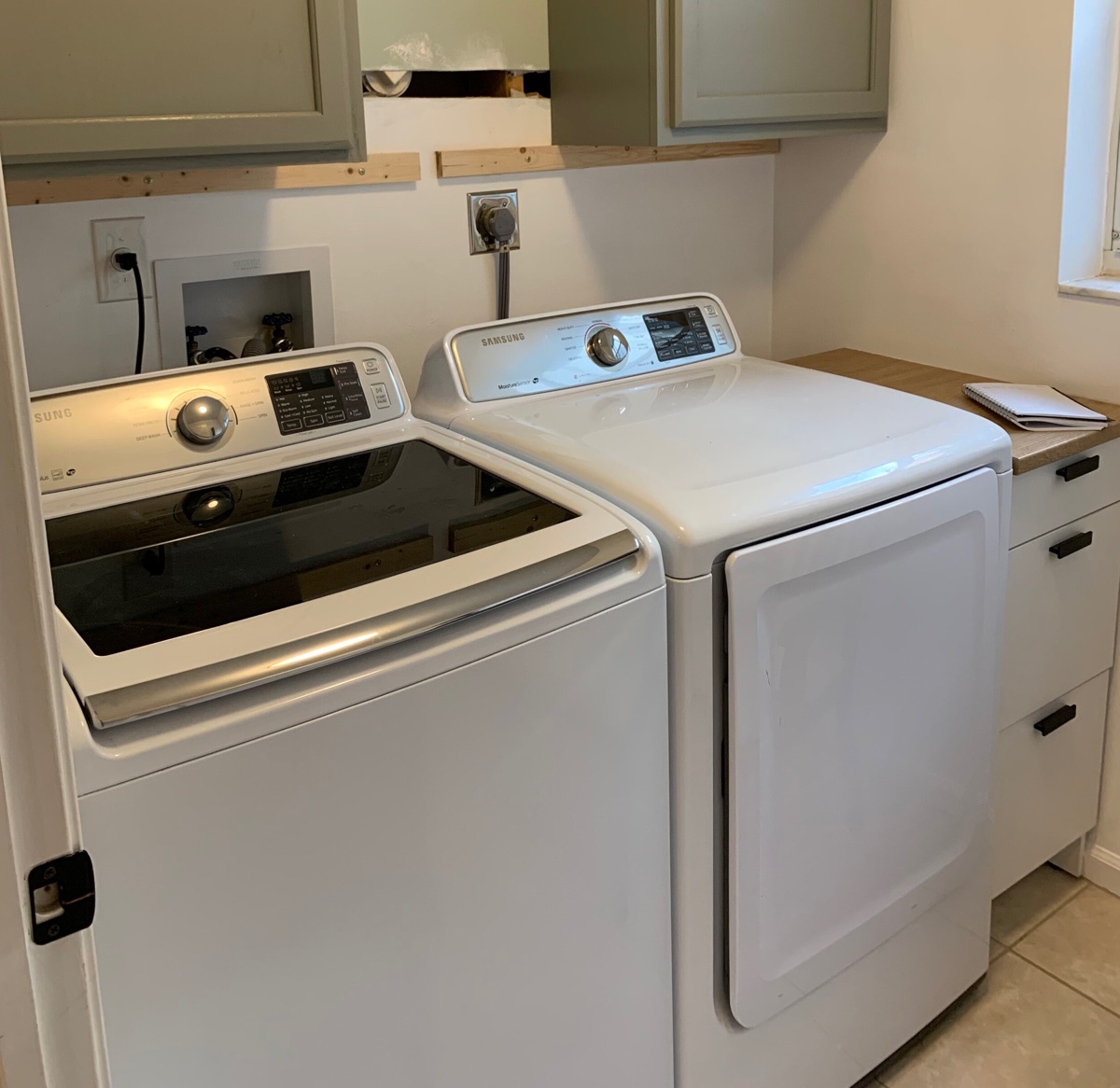
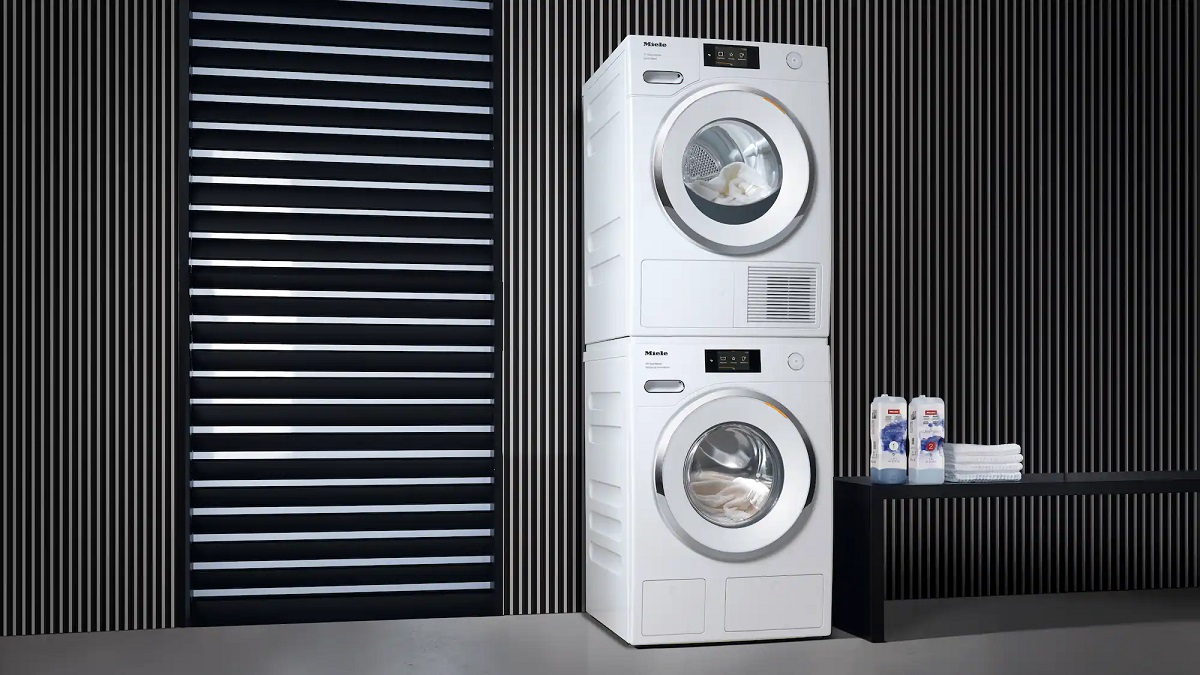
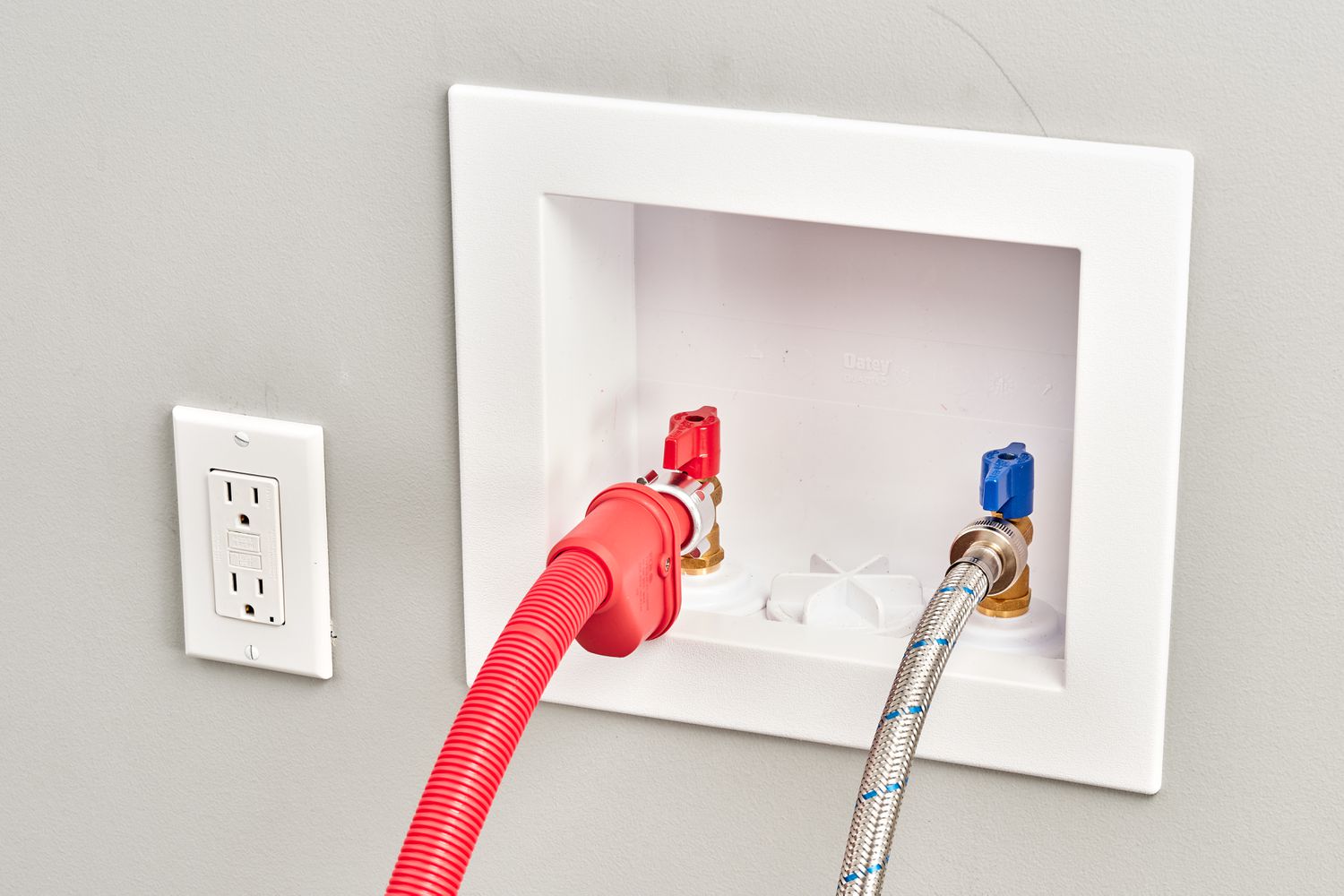
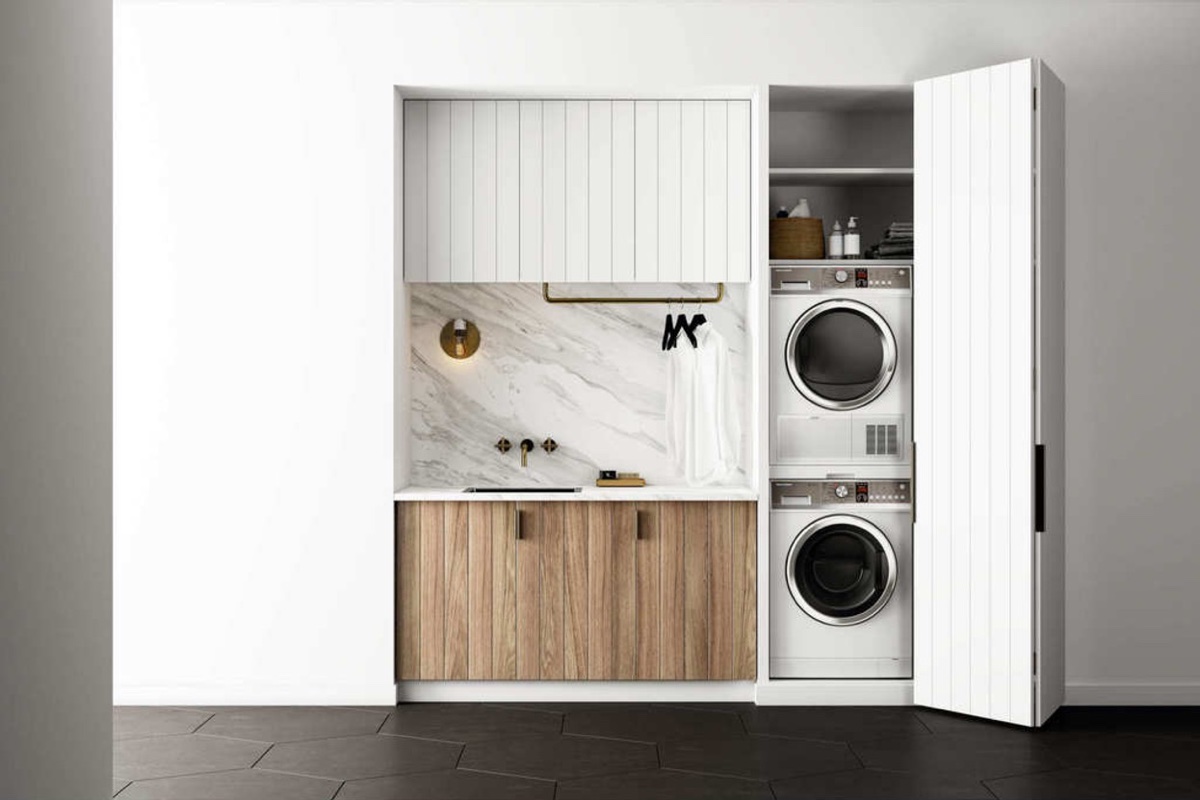
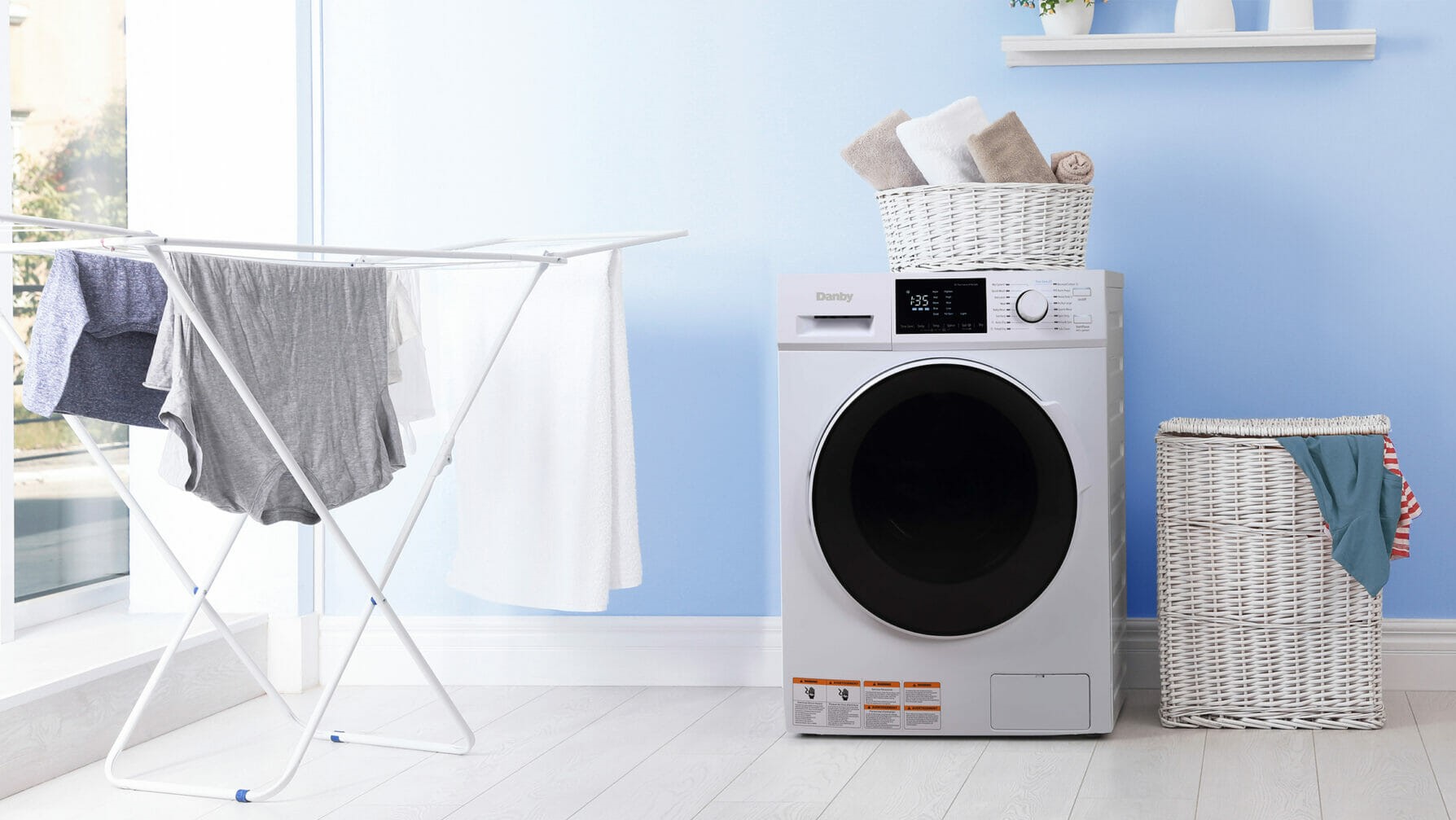
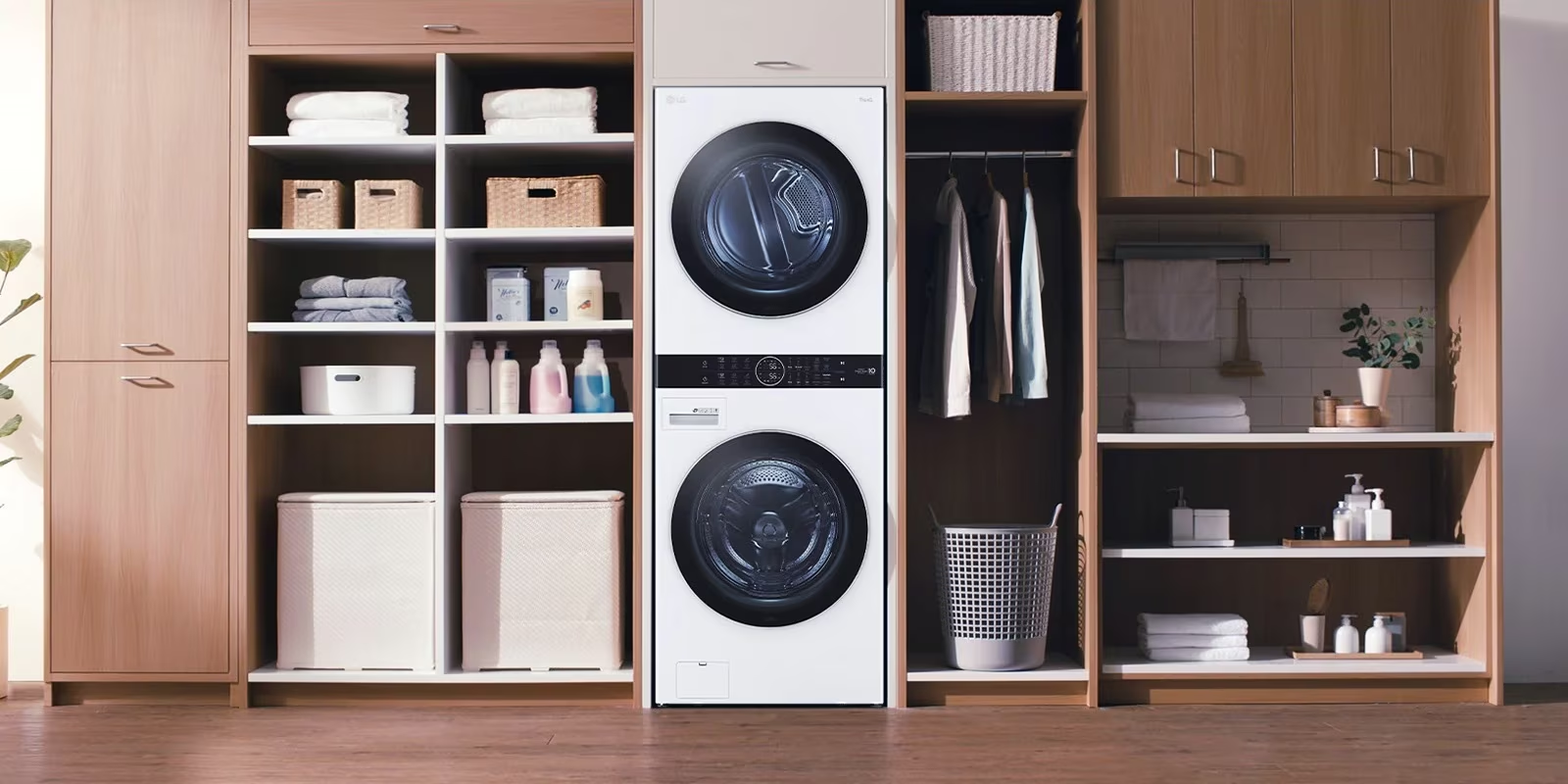
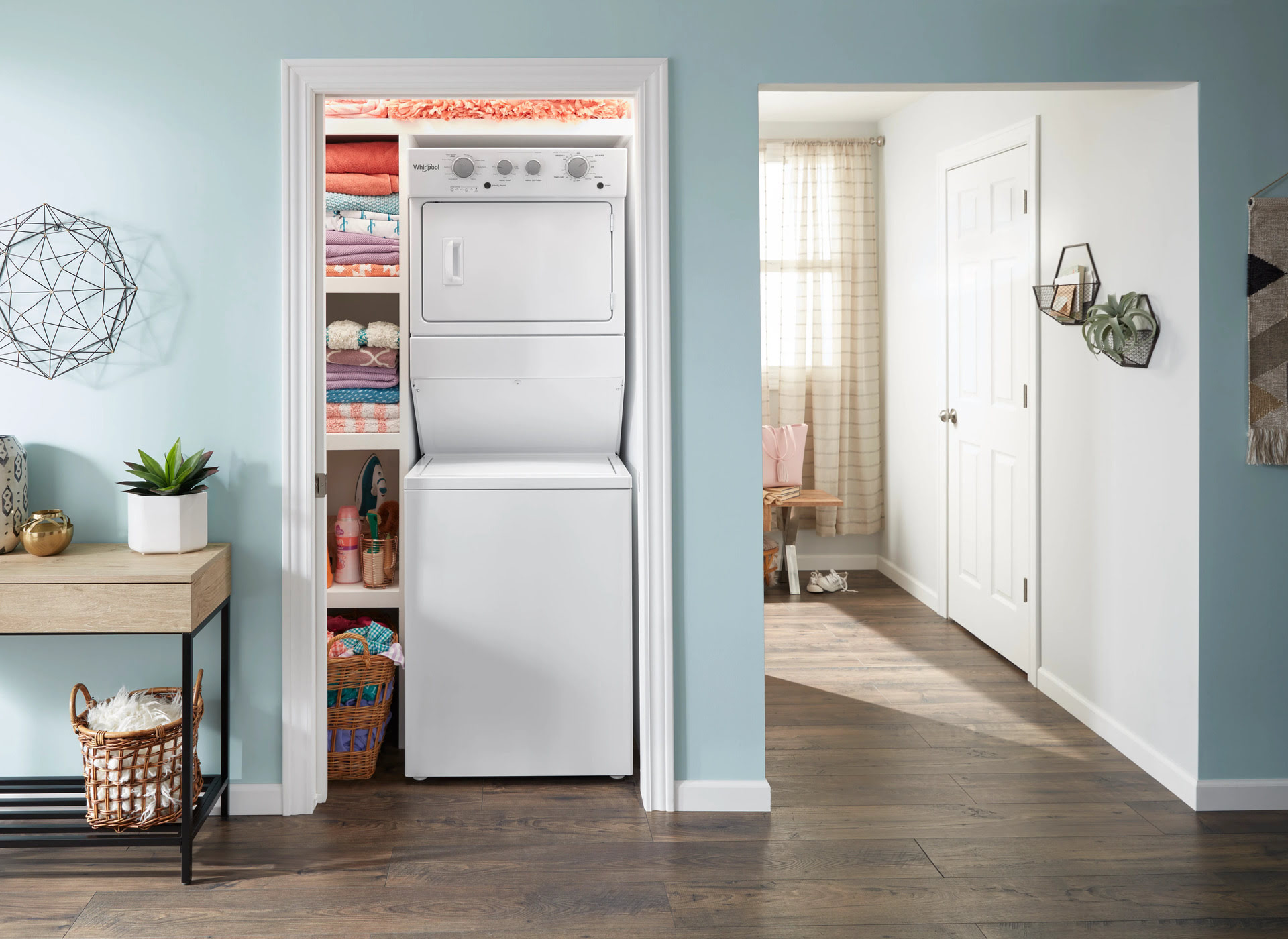
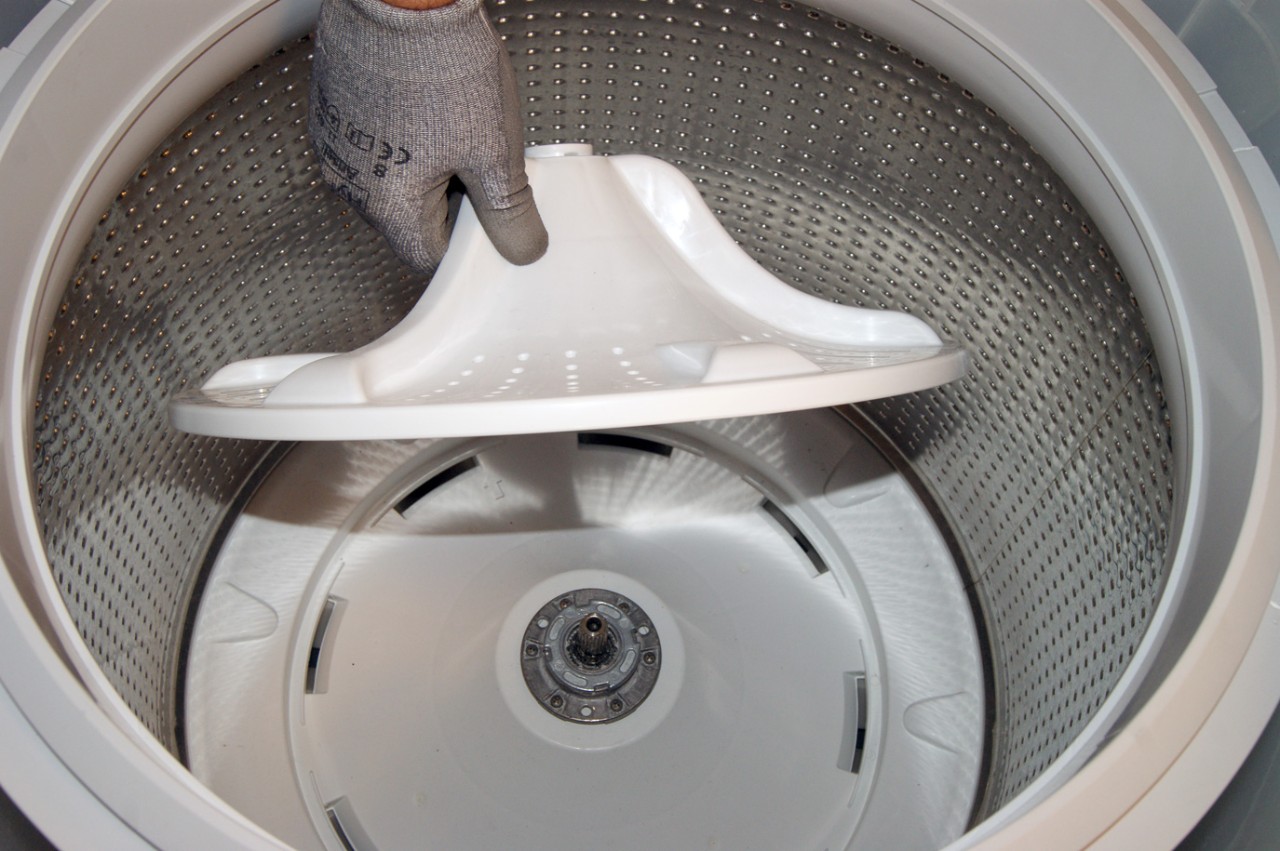
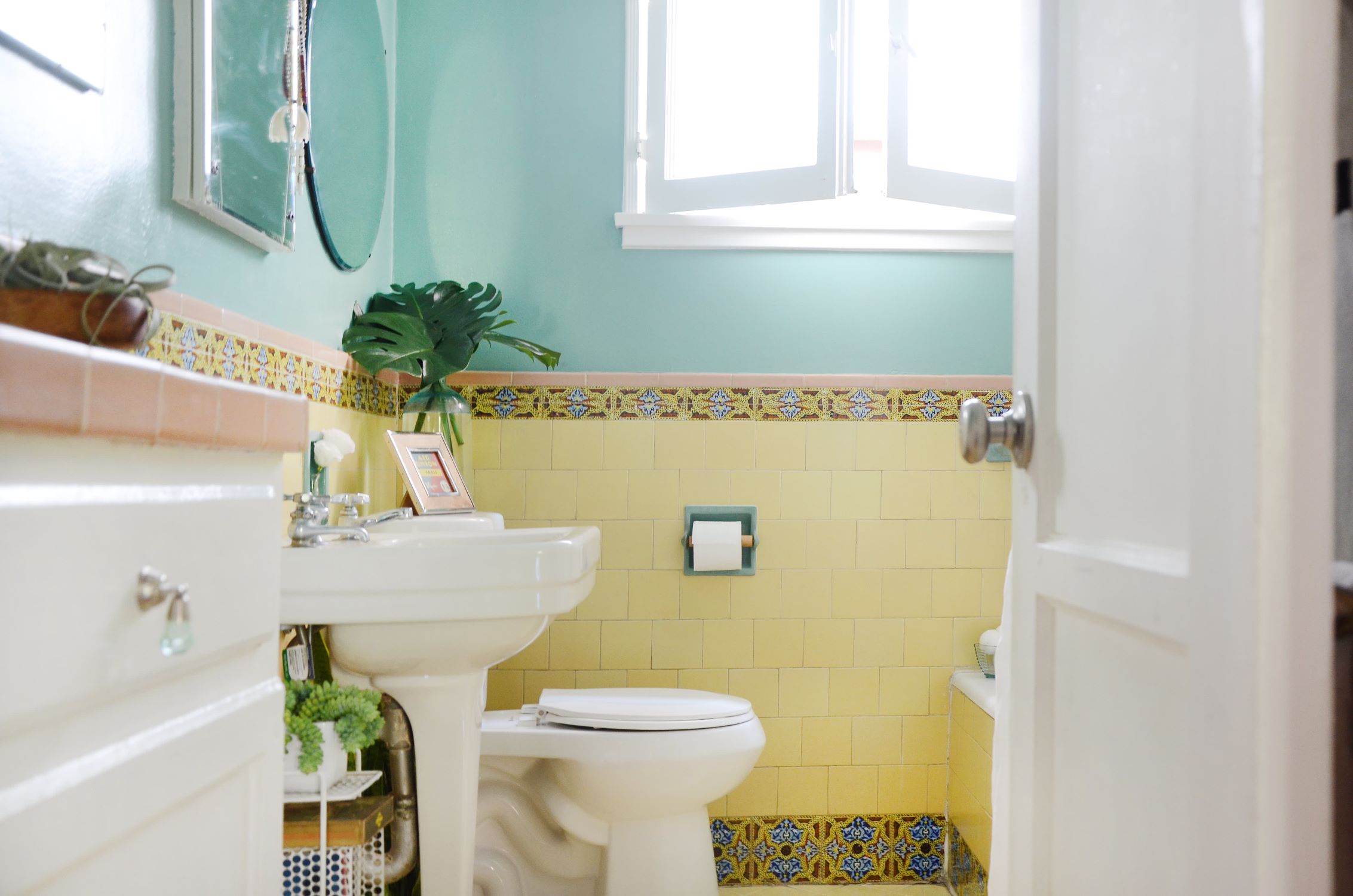
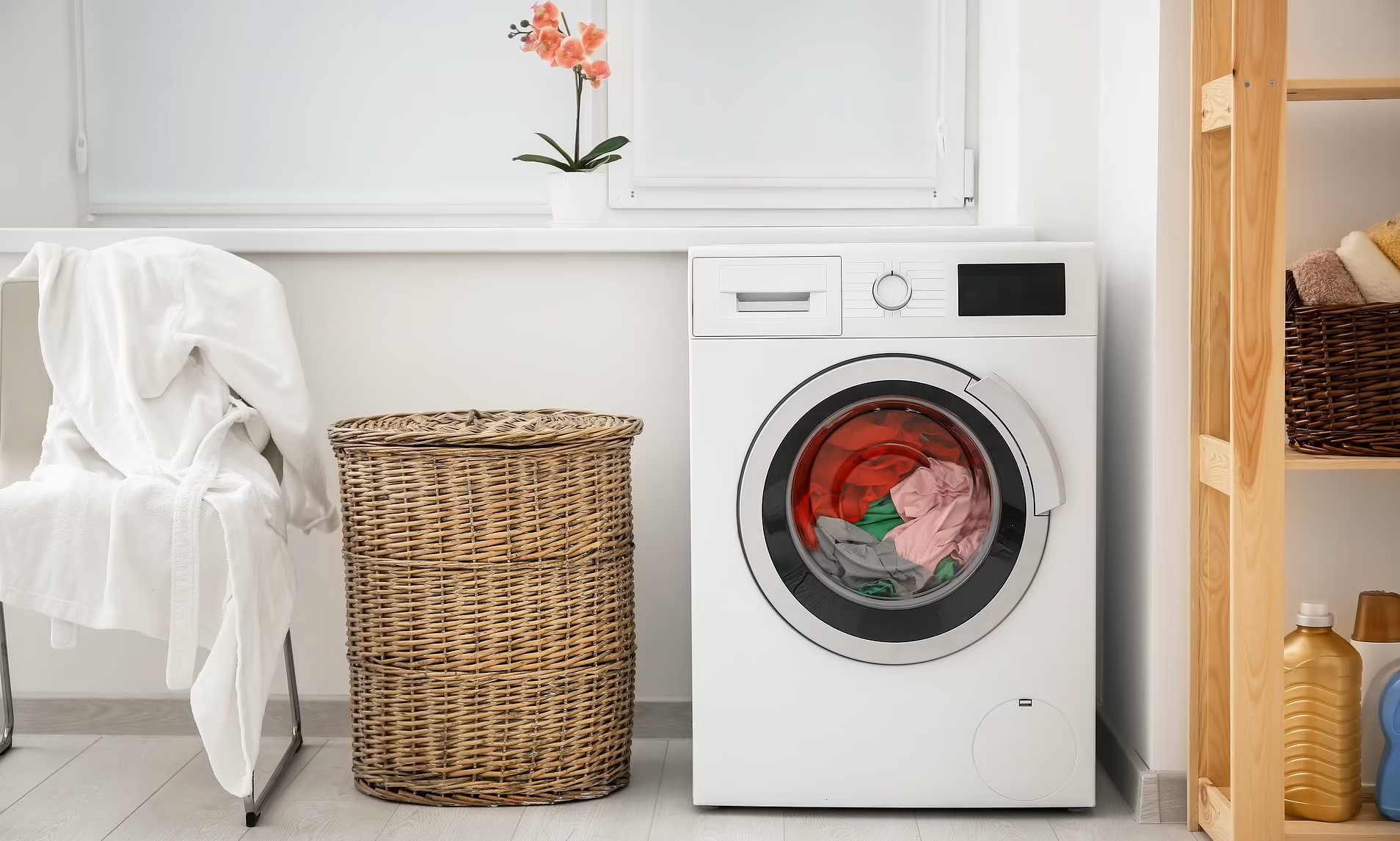
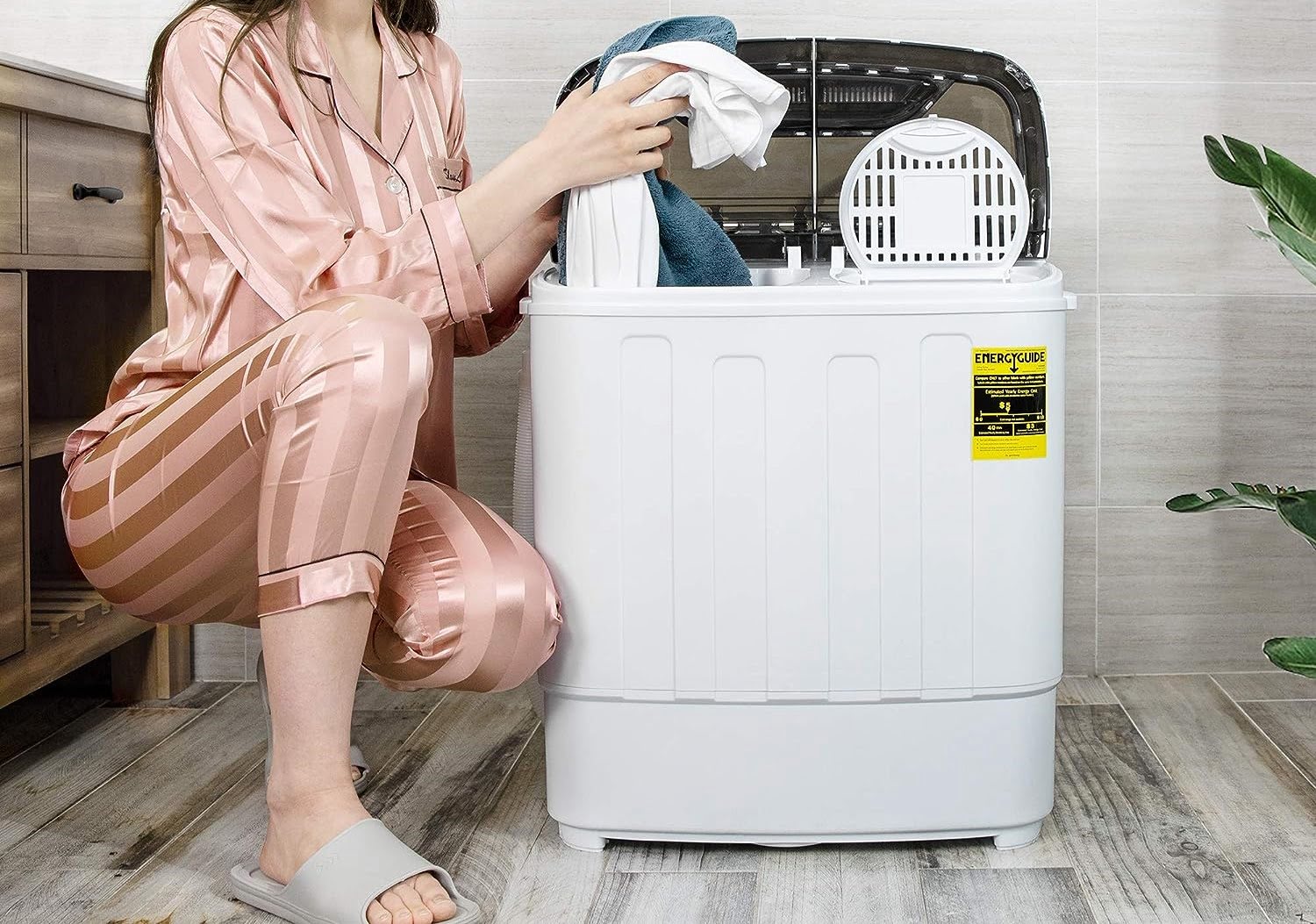
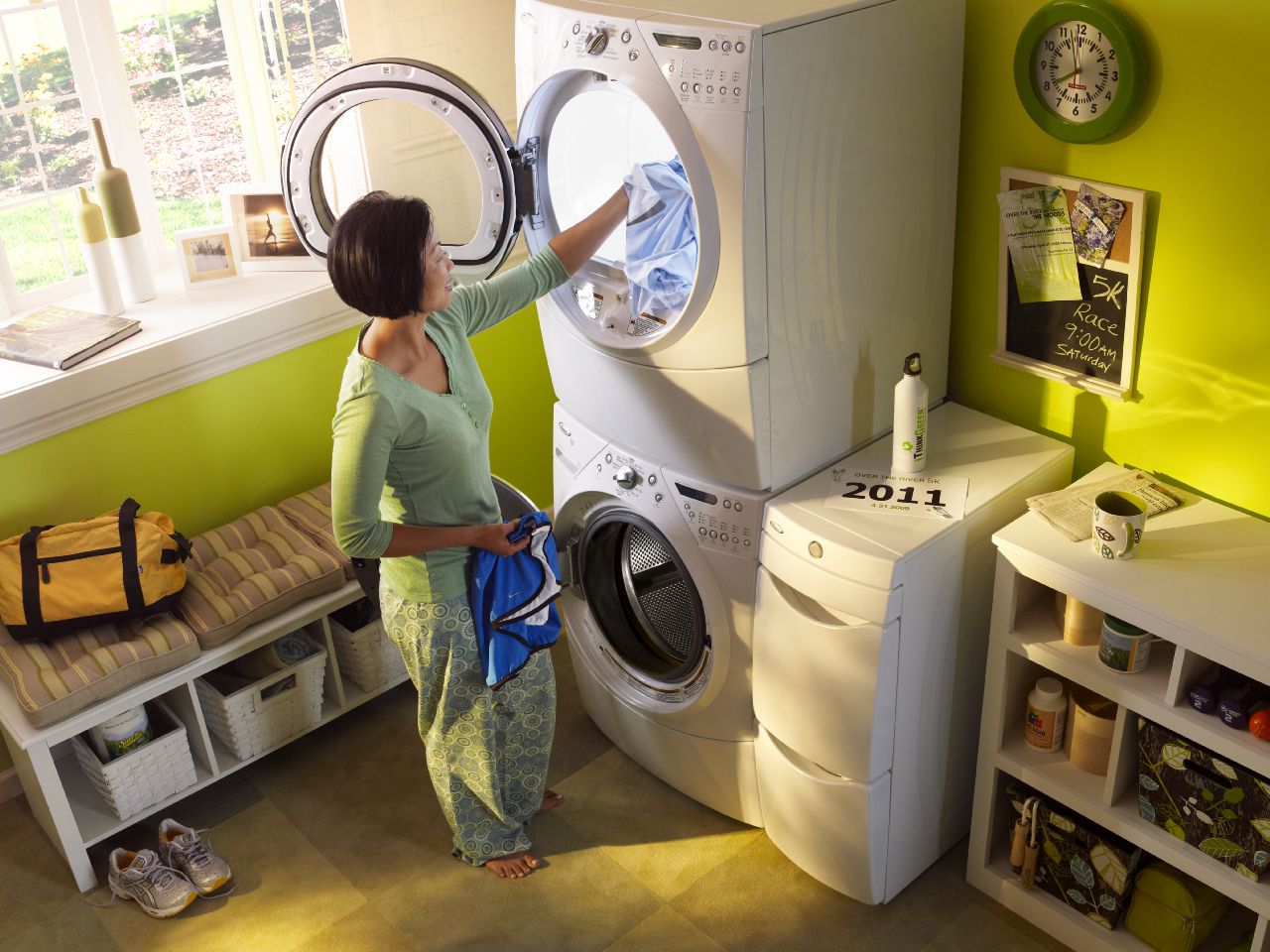
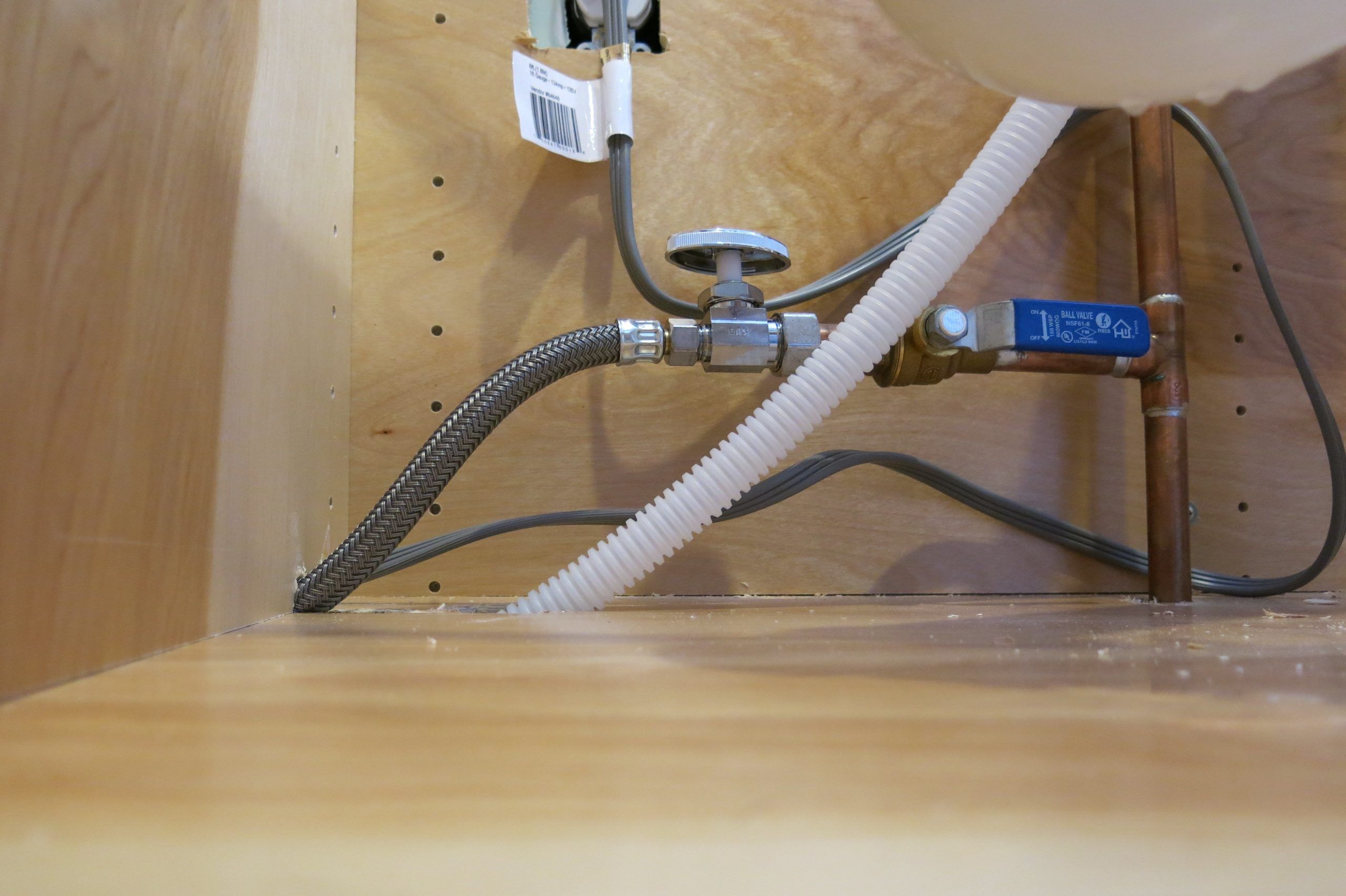

0 thoughts on “How To Install A Washer And Dryer In An Apartment Without Hookups”